order
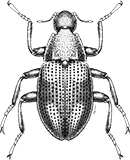
Coleoptera
“Adult Beetles”

Coleoptera
“Larval Beetles”

Diptera
“True Flies”

Ephemeroptera
“Mayflies”

Hemiptera
“True Bugs”

Lepidoptera
“Aquatic Caterpillars, Snout Moths”

Megaloptera
“Alderflies, Dobsonflies, and Fishflies”
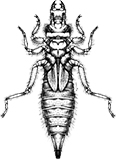
Odonata
“Dragonflies and Damselflies”

Plecoptera
“Stoneflies”

Trichoptera
“Caddisflies”
family
Perlidae
Paragnetina
“Common Stoneflies”
Genus Overview
Larvae of this genus have been shown to have a 2-3 year development time depending on location. Nymphs are founds in cobble substrate. The complete mitochondrial genome of one species Paragnetina indentata was recently sequenced in 2020.
Characteristics
POLLUTION TOLERANCE
Southeast: 1.8
Midwest: 2.1
0 = least tolerant, 10 = most tolerant
FEEDING HABITS
Engulfer / Predator
MOVEMENT
Clinger
DISTRIBUTION
Widespread (east of the Rocky Mtns.)
HABITAT
Lotic-erosional
Diagnostic Characters
order
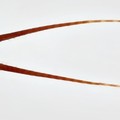
Two Tails
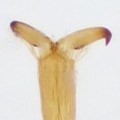
Two Tarsal Claws
family
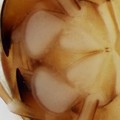
Glossae Shorter Than Paraglossae
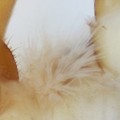
Thoracic Gills
genus
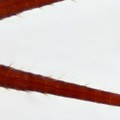
Cerci With A Fringe Of Hair
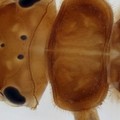
Occipital Ridge

Posterior Spinule Fringe
+ Expanded Character List
Order:
Wings developing in wing pads. Mouthparts suitable for chewing. Gills digitiform and located near mouthparts, on neck, sides of thorax, or underside of base of abdomen, never on top or sides of abdomen. Two tarsal claws per leg. Only two tails (cerci).
Family:
Glossae much shorter than the paraglossae. Multi-branched, filamentous gills present laterally and ventrally on thorax, but not on abdomen.
Genus:
Three ocelli present, fringe of setae on cerci (tails), Posterior spinule fringe lacking on sternum #7, occipital ridge present
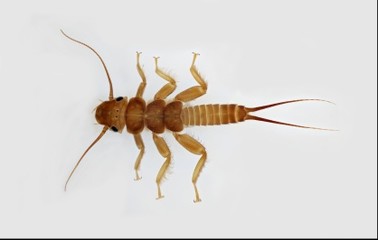
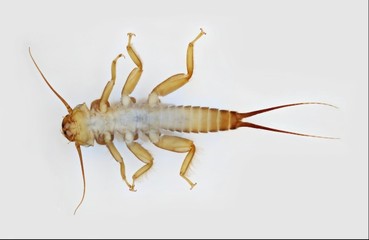
Dorsal
Ventral



